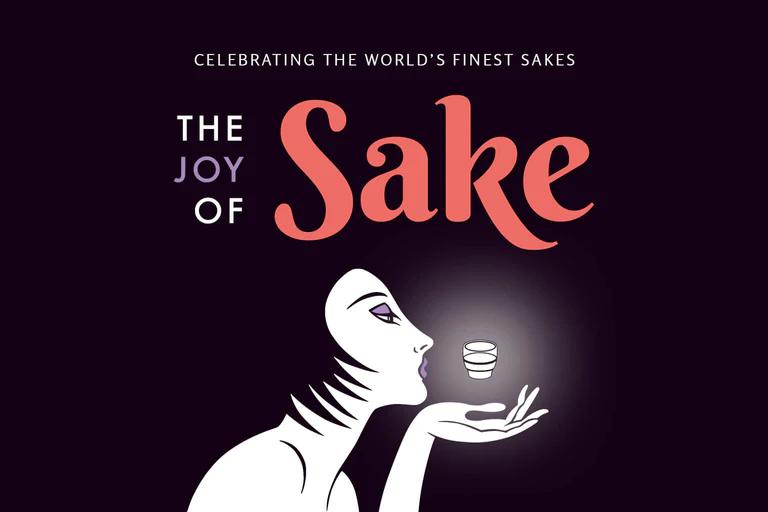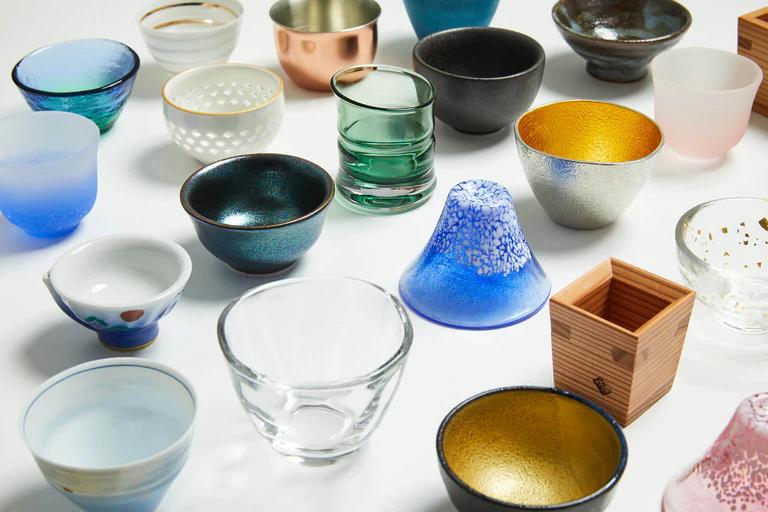July and August are full of exciting summer festivals (“natsumatsuri”) throughout Japan. The word “natsu” means summer and “matsuri” means festival.
Historically, the purpose of Japanese festivals was to express gratitude to the gods. The word “matsuri” comes from the Japanese verb “matsuru,” which means “to enshrine.” People gather at shrines and pray to the gods for abundant harvests, and to drive away bad spirits that bring illness and disasters. The tradition is still carried on today, but there are also new non-religious types, like community-based or season-themed festivals. Natsumatsuri usually involve a Japanese dance called “bonodori,” followed by beautiful fireworks.
In any natsumatsuri, you will find a variety of delicious food stands called “yatai.” An array of yatai makes for a great cultural and gourmet experience for festival-goers. It is legal to drink in public spaces in Japan, so people can walk around with delicious yatai foods in one hand, and beer or sake in the other hand.
Top 5 yatai foods and sake pairings
You will see a lot of “yaki” at the beginning or at the end of festival food names. It simply means cooked/grilled. Here are some of the most common and delicious yatai eats.
Takoyaki
“Tako” means octopus in Japanese. Takoyaki are pancake balls made with flour-based batter, diced octopus, and a few other ingredients such as scallions and ginger. Usually, they are topped with a savory and sweet sauce, bonito flakes and aonori seaweed (mayonnaise optional). Having originated in Osaka prefecture as a soul food for locals, takoyaki is now a staple for yatai stands in all Japanese festivals.
Takoyaki sake pairing
For a savory dish with umami-packed flavor like takoyaki, a complex and rich sake goes well. For example, Juemon “Junmai” from Tokyo prefecture has a beautiful and rich body that pairs well with the overall flavor of takoyaki. This sake has a slight grassy note and spiciness, which matches perfectly with aonori seaweed as well.
Yakisoba
“Soba” means noodles in Japanese. Yakisoba is a popular Japanese stir-fried noodle dish. It looks similar to China’s chow mein, but yakisoba has a sweeter and bolder flavor coming from its main seasoning, which is similar to Worcestershire sauce. The popular ingredients for yakisoba include pork belly, cabbage, onion, carrots and bean sprouts. It’s usually topped with pickled pink ginger.
Yakisoba sake pairing
Since the main flavor element of this dish is the sweet sauce, full-bodied junmai sake that has sweet aroma nuances will provide a great pairing experience. For example, Kenbishi “Mizuho” has a rich texture full of steamed rice and ripe tropical fruit flavors that match with the flavor profile of yakisoba.
Yakitori
“Tori” means chicken in Japanese. Yakitori is a type of chicken skewer cooked over a charcoal grill. Usually, you will get four or five pieces of chicken on a stick, from which you can choose two flavors: “shio” (salted), or “tare” (with soy glaze). Yakitori is an essential item at festivals as it is easy to eat and perfect for sake pairing.
Yakitori sake pairing
As mentioned above, yakitori comes in two different flavors, so the sake selection will vary depending on which flavor to prioritize when it comes to precision pairing. However, to choose a sake that can go well with both contrasting flavors, rich and dry junmai daiginjo might be a great bet. For example, Tamanohikari “Junmai Daiginjo” from Kyoto prefecture has a very nice body and flavor structure that pairs well with proteins. Its unique ginjo aroma provides a great match with the sweet, charred aroma of yakitori.
Additionally, YouTuber Yakitoriguy personally curated two different Tippsy sake sets for the perfect yakitori sake pairings: Yakitoriguy Set “Dry” and Yakitoriguy Set “Vibrant.” Watch his video for more details!
Ikayaki
“Ika” means squid in Japanese. It is a simple grilled squid, seasoned with soy sauce glaze. The palm-sized, whole squid is cooked to perfection — very tender and easy to eat. Note that the Osaka version comes in a pressed pancake style which is completely different in appearance (mostly available in the Kansai region).
Ikayaki sake pairing
This is a simple grilled seafood dish, so a light and crisp sake will be a good choice. For example, Asabiraki “Suijin,” a junmai from Iwate prefecture, is a refreshing, dry sake that pairs well with a variety of seafoods. It is an extremely food-friendly sake that has a nice steamed rice and umami flavor, as well as a crisp finish.
Choco banana
Choco banana is a popular natsumatsuri treat. It is a chocolate-coated banana on a stick, usually served very chilled. Modern versions come in different colors and with decorations!
Choco banana sake pairing
You may be surprised to know that sake can be paired with desserts. Yamahai style and some special barrel-aged sake can have banana and chocolate flavors. For example, Shichida “Yamahai Umakuchi,” a junmai from Saga prefecture, provides a rustic flavor that resonates with chocolate. It also has a velvety aftertaste reminiscent of caramel, which parallels the banana taste.
3 major summer festivals in Japan
Among all the natsumatsuri, here are some major events you might want to consider when you plan your summer trip to Japan.
Nebuta Matsuri, Aomori prefecture
This festival is designated as an Important Intangible Folk Cultural Asset of Japan that represents not only Aomori prefecture, but also Japan itself. The festival is known for its parade of gorgeously decorated warrior doll floats that travel through the streets, followed by cultural dance performances.
Sendai Tanabata Matsuri, Miyagi prefecture
The festival is one of the largest and most famous “tanabata” celebrations in Japan. Also known as Star Festival, it is based on the Chinese Qixi Festival, which celebrates a story of star-crossed lovers able to meet just once a year. But over its long history, the festival became a symbol for celebrating art and craftsmanship. It takes place in Downtown Sendai, and giant, sumptuous bamboo decorations stretch throughout the shopping area.
Gion Matsuri, Kyoto prefecture
Most likely the largest and the most famous festival in Japan, Gion Matsuri takes place at Yasaka Shrine in the city of Kyoto. It originated as a purification ritual back in ancient times, and it still maintains that important religious element. The highlights of the festival are “Yamahoko Junko,” enormous, art-draped parade floats, as well as traditional costumes.
Pro tip before you go
There is so much food, drink, art and culture to absorb at Japan’s many summer festivals. While there are yatai that sell beer and sake, you can also do BYOB. Some festivals have restrictions on bringing in alcohol, though, so please make sure to check the official festival websites or flyers in advance. Have fun!















